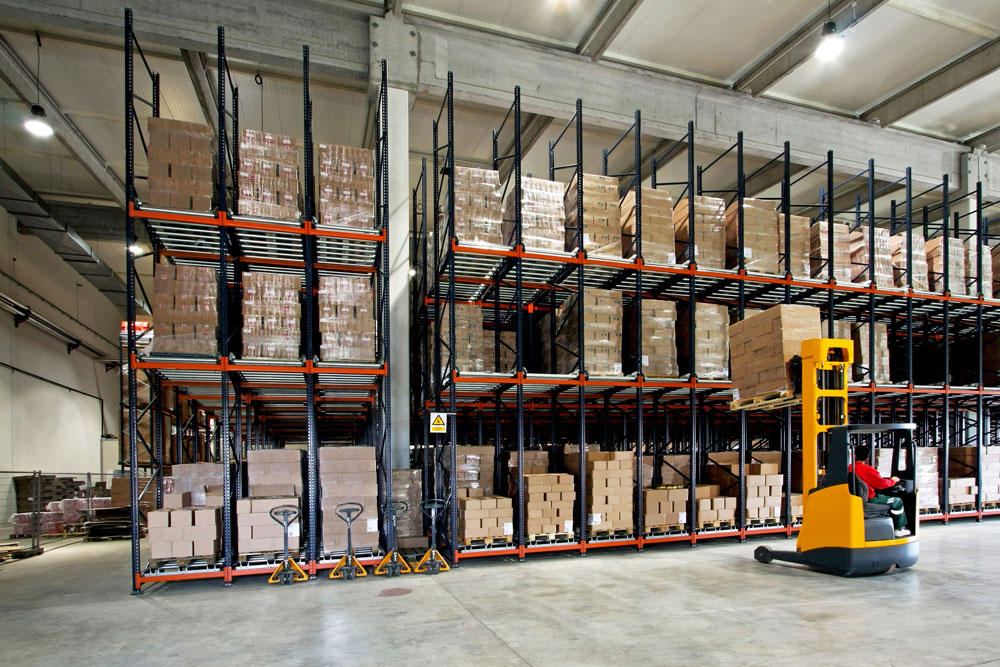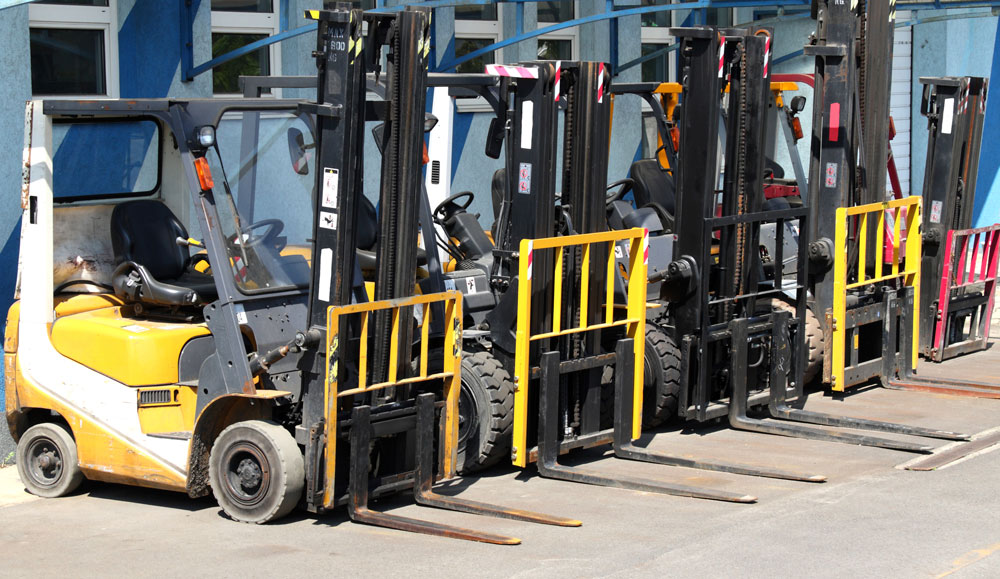Wasp Barcode Technologies: The Barcode Solution People
What You Need to Know: Fixed Asset or Inventory Management

Though they are both occasionally referred to simply as “assets” on a company’s balance sheet but inventory and
fixed assets are very different. They require different management systems in order to keep a business organized and running smoothly. Depending on the needs of your company, you may have to decide what kind of asset management software is most important to integrate right away.
The need for an asset management system is clear and immediate for many businesses: Only 56% of the small businesses polled in
the 2015 State of Small Business Report tracked inventory with an automated process. Those who don’t track inventory at all or used pen and paper to do so operate at a major disadvantage, the
amount of computing needed to accurately maintain asset levels and current locations practically guarantees human error.
[su_divider top="no" size="2"]
[su_divider top="no" size="2"]
The first step in tracking and managing both types of assets is learning what constitutes inventory or fixed assets. The second is to identify which type of tracking system you’ll need. Finally, understanding how making these changes affect the bottom line is crucial to calculating what your return on investment will be.

Inventory
Inventory is what a company sells in order to make a profit. This includes everything from the materials used to create the product to the finished goods. There should be constant and consistent turnover (or use of it in production) of inventory, as the holding costs of possessing it for too long can be fatal to a small business. Inventory that becomes obsolete or spoils completely is merely dead weight on your business. Thus, companies usually plan to sell their inventory in the short term, making it a “current” asset.
Inventory systems must identify and make companies aware of excess or obsolete inventory, so they don’t order or create more of it before the inventory currently on the shelves is sold or otherwise moved. They also must ensure that inventory is high enough to meet changes in demand (for example, demand may ebb and flow for a certain type of product throughout the year, knowledge of when surges usually occur will help keep business running smoothly and ensure that you’re taking full advantage of economic opportunities).
Maintaining a
lean inventory (by knowing the state of your physical inventory on hand as well as your demand for future inventory) can help boost your return on investment. By implementing demand-based flow and pulling, rather than pushing, your inventory, you’ll stop tying up your liquid cash into unusable product, allowing you to save money and invest elsewhere in your business.
[su_divider top="no" size="2"]
Maintaining a lean inventory can help boost your return on investment.
[su_divider top="no" size="2"]
Inventory management can also help your business eliminate some outstanding (and some hidden)
costs of carrying inventory. These costs include storage space costs, inventory service costs, inventory risk costs, stock out costs and inventory planning time (that could be better used on other endeavors), among others. Companies that overlook these costs will find themselves in the red quickly, regardless of whether inventory is flying off the shelves.

Fixed assets
Unlike inventory, fixed assets are not part of the company’s profit generation. They are used in the production of inventory, everything from heavy equipment and machinery to laptops and even immaterial assets like cloud storage. In fact, if fixed assets are being sold off for profit, that usually signals the end of the company. As a “long term” asset, they are normally with the company for at least one year, if not more.
In order to gain the most from a fixed asset over the course of its useful life, fixed asset management systems must record things like an asset’s depreciation, its current worth relative to the original cost, and even more basic things like the asset’s location.
Losing assets often used in the development of inventory can be a major hinderance to workflow: Everything from laptops to unreturned kegs (depending on the type of business, of course) can go missing, and without a central database to track their whereabouts, may become sunk cost.
Businesses gain a massive return on investment with a quality fixed asset system
that can calculate periodic depreciation (using a variety of methods, including straight-line depreciation and double declining balance), identify the need for preventative maintenance in order to extend the fixed asset’s lifespan, and a check-in-and-out process to monitor who had the asset in their possession last, where they had it and for what reason, preventing asset loss due to theft, forgetfulness or incompetence.
Effective
tracking of fixed assets also improves the bottom line in other, less obvious ways: It helps companies comply with the law by replacing manual audits (often incorrect thanks to basic and expected human error) with flawless record-keeping that can be completed in a fraction of the time; it helps business owners make more informed decisions through captured data from a centralized database; when combined with barcodes and tags, it forms an asset tracking system that ensures seamless transitions on the warehouse segment of your supply chain.
The bottom line
Inventory is either sold or consumed during daily business operations, while fixed assets are kept for long periods of time and used in the creation of inventory. Both types of assets are essential to keep organized, especially if you own a brick-and-mortar small business (rather than a small online-only shop), which requires a system for transferring inventory from its source to the hands of the customer in one form or another. While there is some overlap between the two types of assets, differentiating between them for your type of business makes a world of difference for your accounting team, which will have to deal with the legal and financial ramifications (which also often overlap) if there is confusion.
The
differences between these two types of assets are subtle, but once you recognize them in your own supply chain, you’ll understand the need for keeping them separate. Small businesses that fail to see this distinction are due to become one of the many that don’t survive past the first five years. If you are able to avoid operational inefficiencies and mediocrity such as manual asset tracking, you’ll be ahead of the curve.
Does your company track inventory and assets separately?





